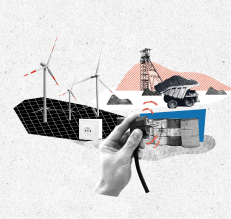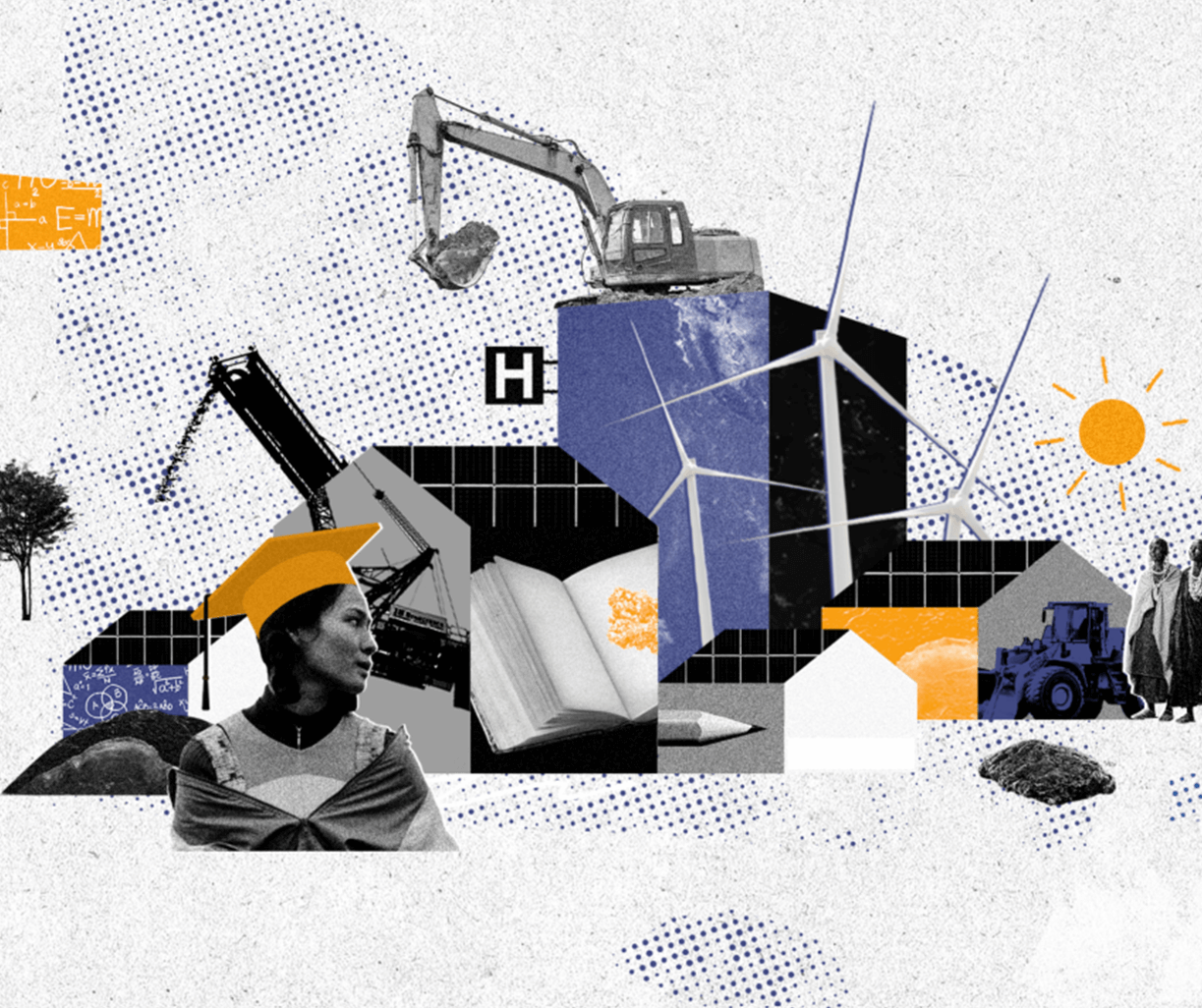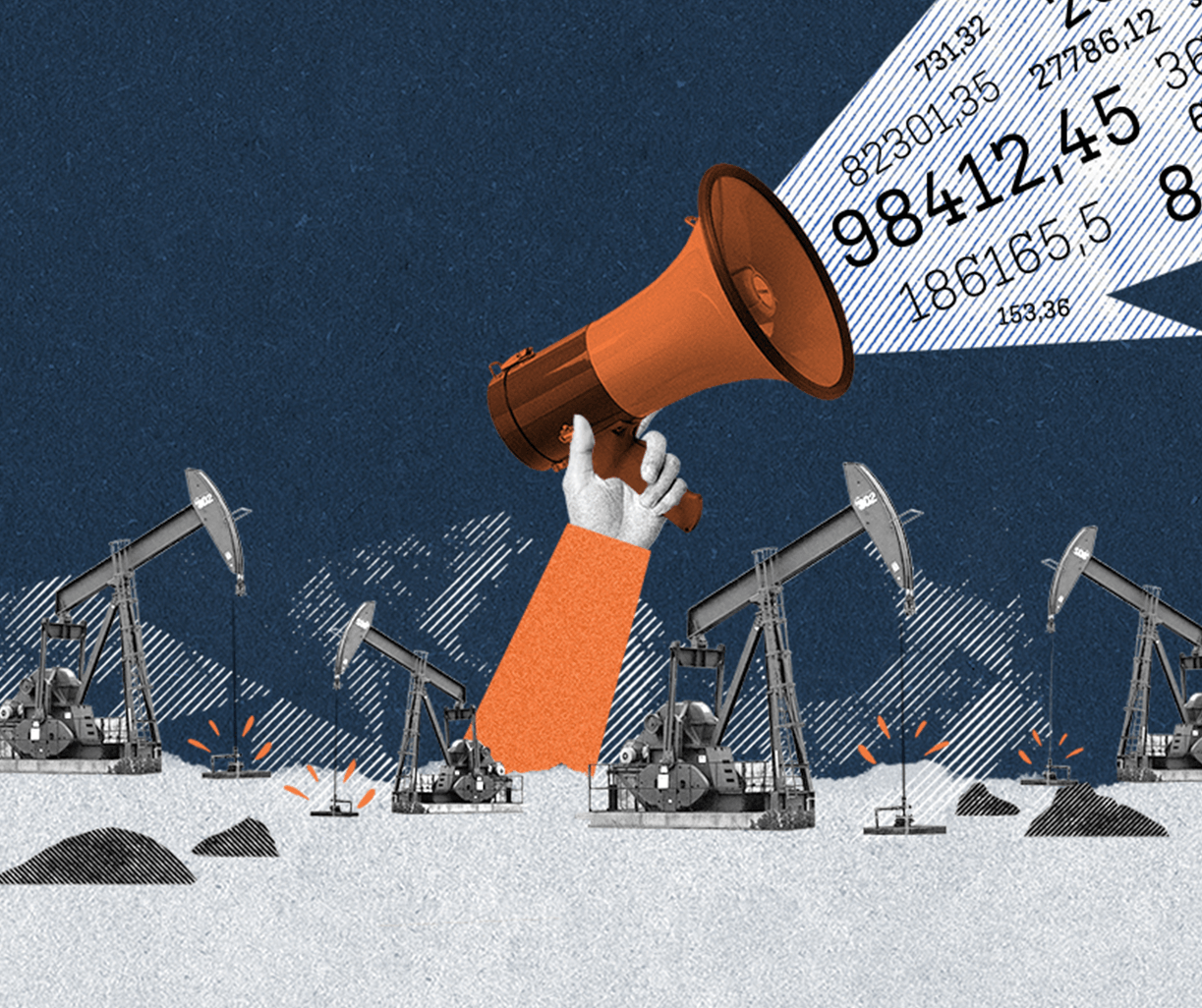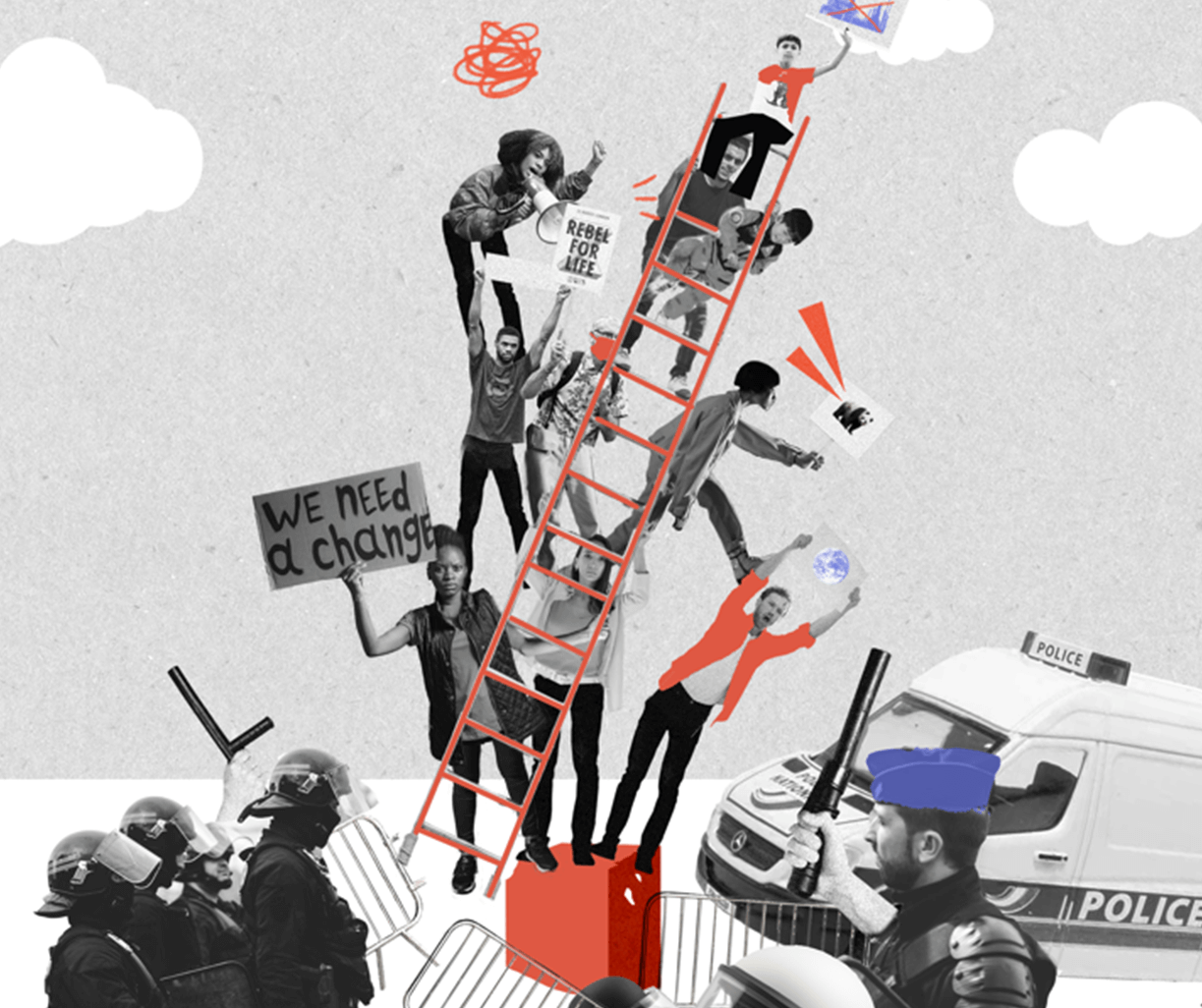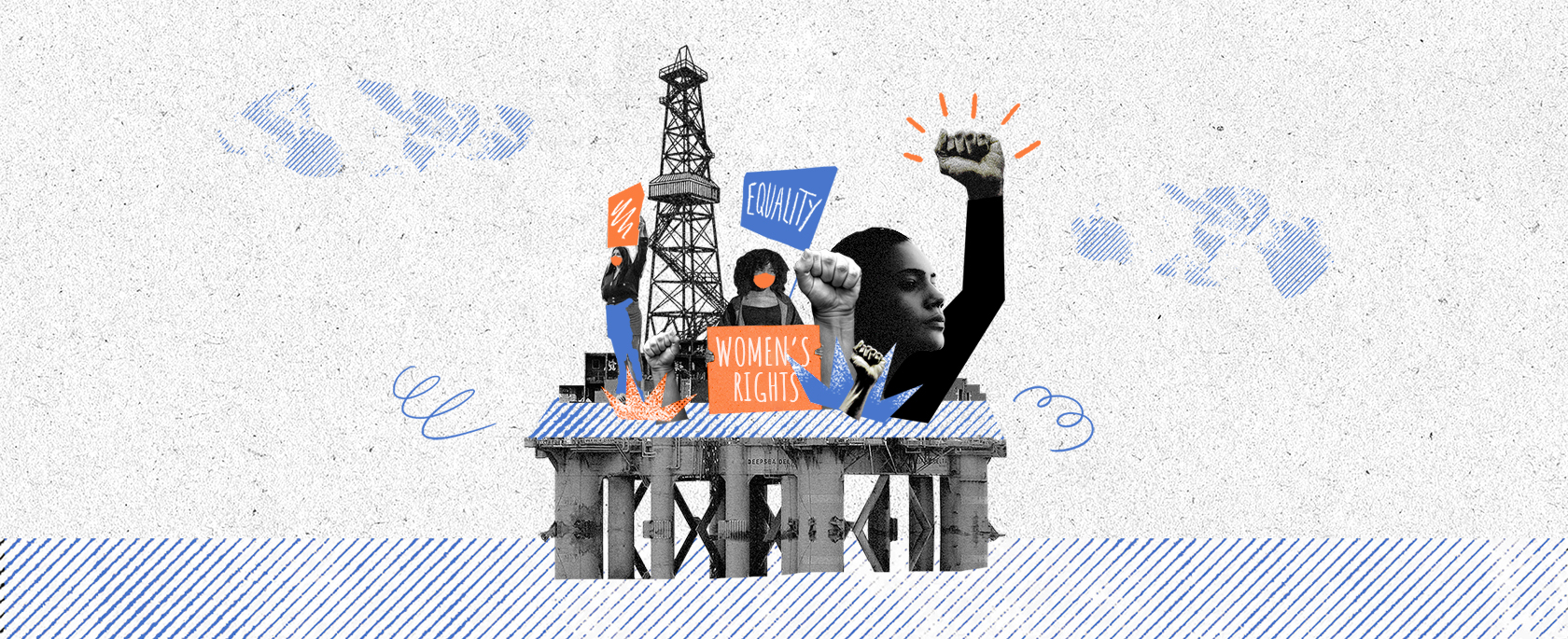Government efforts to reduce emissions in the oil and gas sector need more transparency
Blogs and News
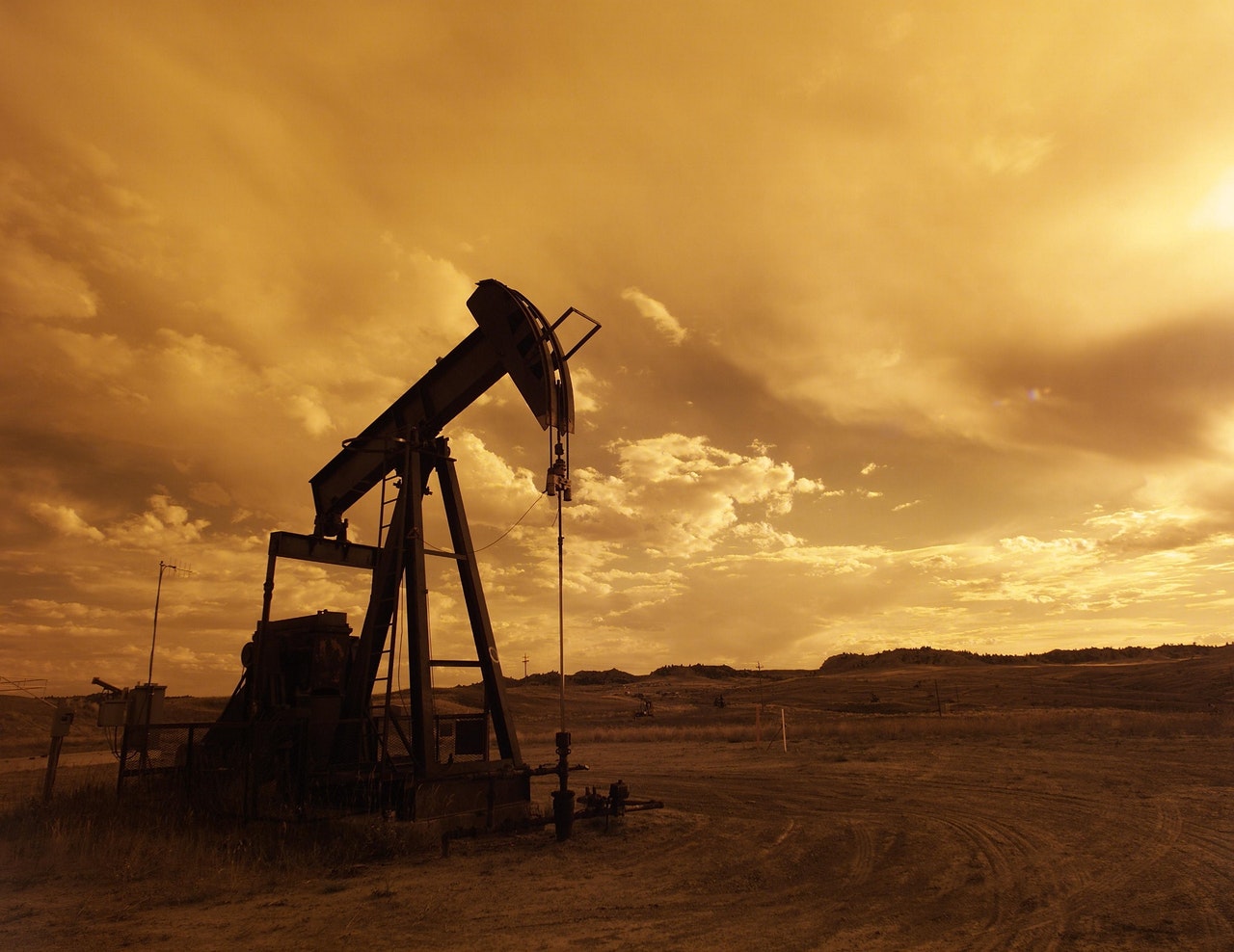
Emily Nickerson supported the production of the below mentioned report by Oxfam Canada and Parkland Institute, and is also outgoing Director of PWYP-Canada. This blog presents key report findings, and lessons for PWYP coalitions and members.
Governments are ramping up their investments to reduce greenhouse gas emissions, investing billions in new green industries and efforts to clean up dirty ones. This spending can not go unchecked. Civil society needs to closely monitor these investments to ensure that they are not simple giveaways to industry, and that these public dollars achieve broader social and environmental outcomes. Citizens and communities must not be left behind in this energy transition.
In April 2020, the Canadian government announced $1.72 billion (CAD) in COVID-19 relief for the oil sector in Alberta, Saskatchewan, and British Columbia to clean up orphaned and abandoned wells. The majority of the funding – $1 billion – went to the Alberta provincial government, where roughly 168,000 inactive and abandoned oil and gas wells need to be cleaned up. These investments were promoted as a means to meet climate commitments while creating jobs. Oxfam Canada and the Parkland Institute teamed up to examine if the federal funding to Alberta achieved the social and environmental objectives that were set. Their report, Not Well Spent: A review of $1-billion federal funding to clean up Alberta’s inactive oil and gas wells, focuses on whether the program delivered on greenhouse gas emissions reduction, job creation for both men and women, and incorporated gender equity and Indigenous rights.
Based on the data that is available, it is hard to argue that these investments are anything more than an industry bailout. Implementation of Alberta’s program – the Site Rehabilitation Program (SRP) – has fallen short of both the social and environmental benefits that were promoted.
Not only does it appear that public dollars displaced money industry would have likely spent on cleanup activities, but there are critical gaps in the transparency and accountability of the program. The Alberta government’s performance measures to assess the program are not publicly available, nor are the locations of sites being cleaned up under the program. In addition, environmental objectives were not tracked or reported. Cleanup of wells can be expected to reduce methane emissions: a potent greenhouse gas. However, emissions reduction is not being tracked so performance of companies cannot be measured, and it is unclear how significant a reduction will be seen from this government investment.
Increased information disclosure is not only critical to assess the performance of these types of investments, but also it is crucial as a means to understand and share learnings about which investments are most effective and to increase participation of citizens and communities. As governments and countries seek to make rapid investments to limit emissions, transparency is more critical than ever. An economically and socially just transition to a low carbon economy requires programs and policies to be transparent and inclusive.
The shortcomings of these early efforts in Canada provide an opportunity for governments and transparency advocates to demand more from future programs. The report recommends that future programs should:
- As a precursor, introduce stronger regulations to ensure cleanup liabilities are accounted for on the balance sheets of companies, and that adequate funding is secured to cover these costs.
- Consider, and publicly report, on both the quality of jobs being supported through any public funding and who these jobs are benefiting. Importantly, governments should track and provide publicly the necessary information for program assessment, including the public disclosures required to assess whether public funds are leveraging new and additional private sector spending or simply replacing it.
- Allocate a portion of the funds directly to Indigenous communities, who are best able to evaluate risk and set priorities on their own lands.
- Prioritize sites based on environmental risk while allowing for public participation and meaningful community engagement.
A just transition will require close scrutiny of who is benefiting and whether investments are achieving results. PWYP coalitions and members should draw on this case study in Canada to demand more transparency of current programs, to build in means to deliver on social and environmental objectives in future programs, and more broadly to ensure that the regulatory environment makes polluters, not the public, pay for cleanup.
Want to learn more?
Read the full report here.
Check out the PWYP-Canada and PWYP-US webinar on disclosures that are needed to support a just transition here (focuses on liabilities and reserves disclosure).
Read PWYP’s position on energy transition.
